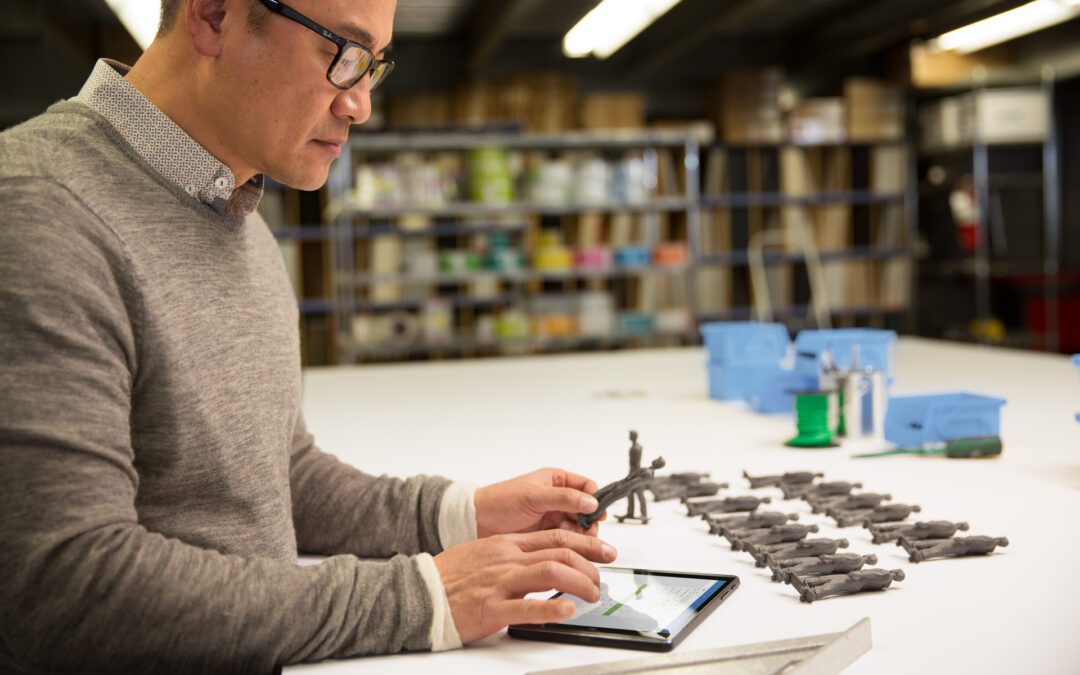In this article, we’ll dive into the most popular materials for SLS and MJF 3D printing so you can get an easy overview. We’ll be exploring their properties, applications, and advantages for you as a user.
Polymer powder bed 3D printing technologies like Selective Laser Sintering (SLS) and Multi Jet Fusion (MJF) have greatly impacted the way we create complex and functional parts. One key factor driving the success of these technologies is the wide range of materials available for use.
What are the differences between SLS and MJF
Before we dive into the materials, let’s briefly overview SLS and MJF technologies. SLS utilizes a high-powered laser to selectively fuse polymer powder layers, while MJF employs inkjet arrays to selectively apply fusing and detailing agents onto a bed of nylon powder.
Both technologies offer high precision, excellent surface finish, and the ability to produce intricate geometries with minimal post-processing.
What are the most popular materials for SLS
Nylon (PA12)
Nylon, particularly PA12, is the most commonly used material in SLS 3D printing. It offers high strength, flexibility, and heat resistance, making it suitable for a wide range of applications including functional prototypes, end-use parts, and aerospace components.
TPU (Thermoplastic Polyurethane)
TPU is valued for its elasticity, durability, and abrasion resistance. It is often used to produce flexible parts such as gaskets, seals, and custom footwear.
PEEK (Polyether Ether Ketone)
PEEK is a high-performance thermoplastic known for its excellent mechanical properties, chemical resistance, and biocompatibility. It finds applications in industries like healthcare, automotive, and aerospace for producing parts that require exceptional strength and stability.
What are the most popular materials for MJF
PA12 (Nylon)
Similar to SLS, PA12 is widely used in MJF due to its versatility and balanced mechanical properties. It offers high strength, stiffness, and dimensional accuracy, making it suitable for functional prototypes and production-grade parts.
PA12 Glass Beads
Adding glass beads to PA12 enhances its stiffness, thermal stability, and surface finish. This composite material is commonly used in applications that require improved mechanical performance, such as automotive components and consumer goods.
PA11 (Nylon)
PA11 is another popular material for MJF, offering similar properties to PA12 but with enhanced flexibility and impact resistance. It is often chosen for parts that need to withstand repeated bending or impact, such as living hinges and snap-fit assemblies.
Conclusion
In conclusion, the materials available for polymer powder bed 3D printing technologies like SLS and MJF offer a diverse range of properties and applications. Whether you’re looking for strength, flexibility, or heat resistance, there’s a material suited to your needs.
By understanding the capabilities of each material, manufacturers can unlock the full potential of SLS and MJF 3D printing for prototyping, production, and beyond.


